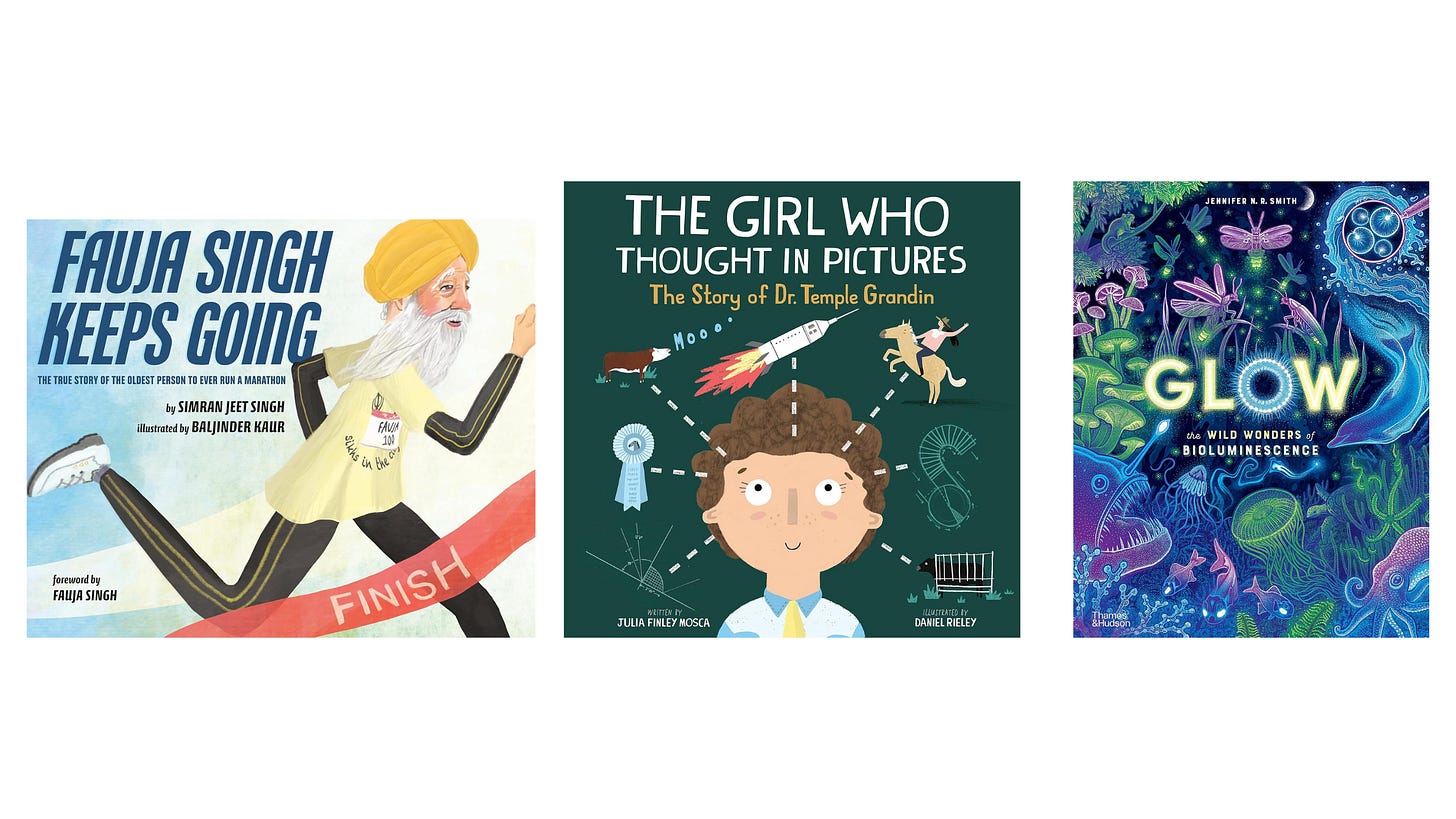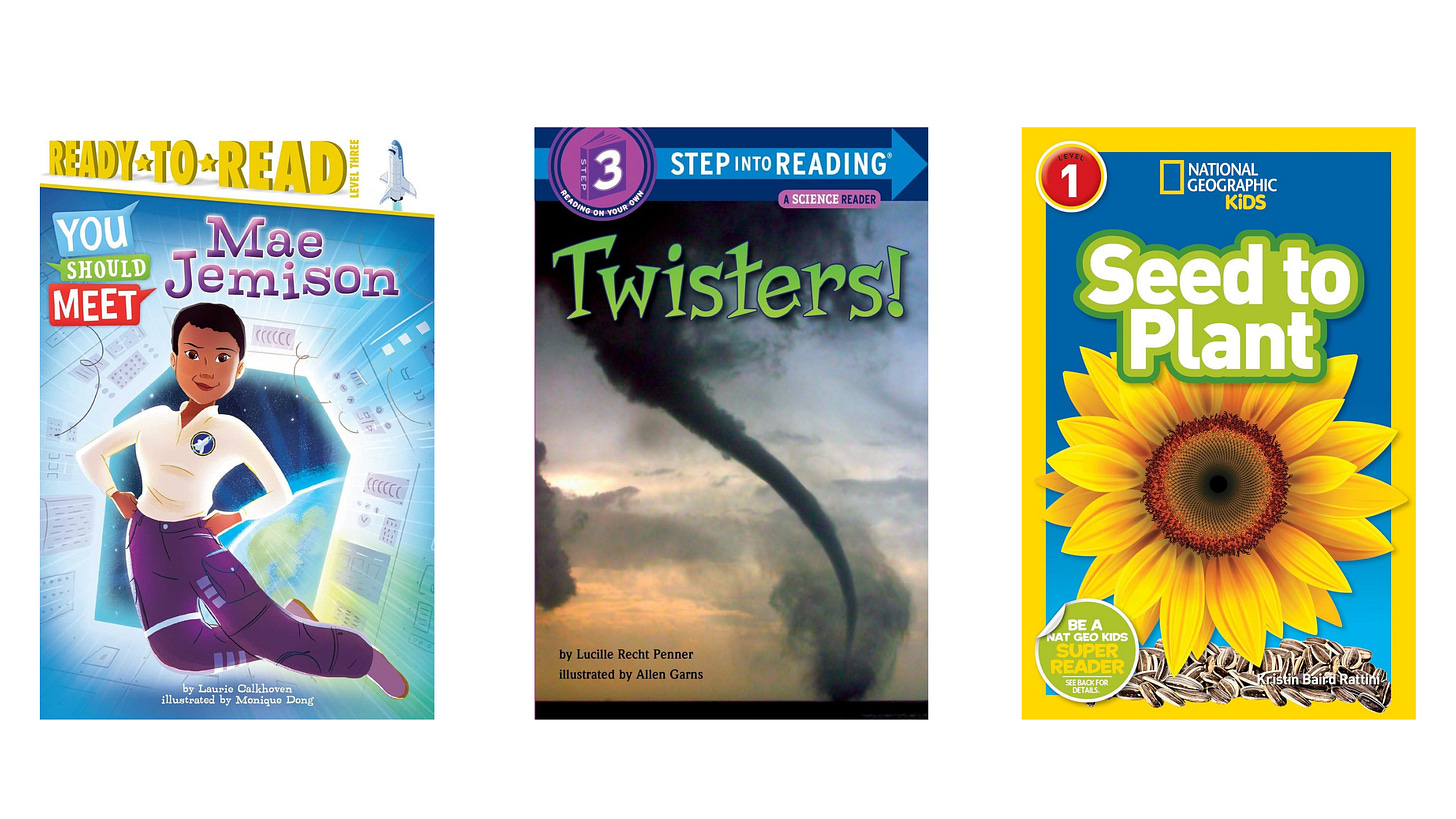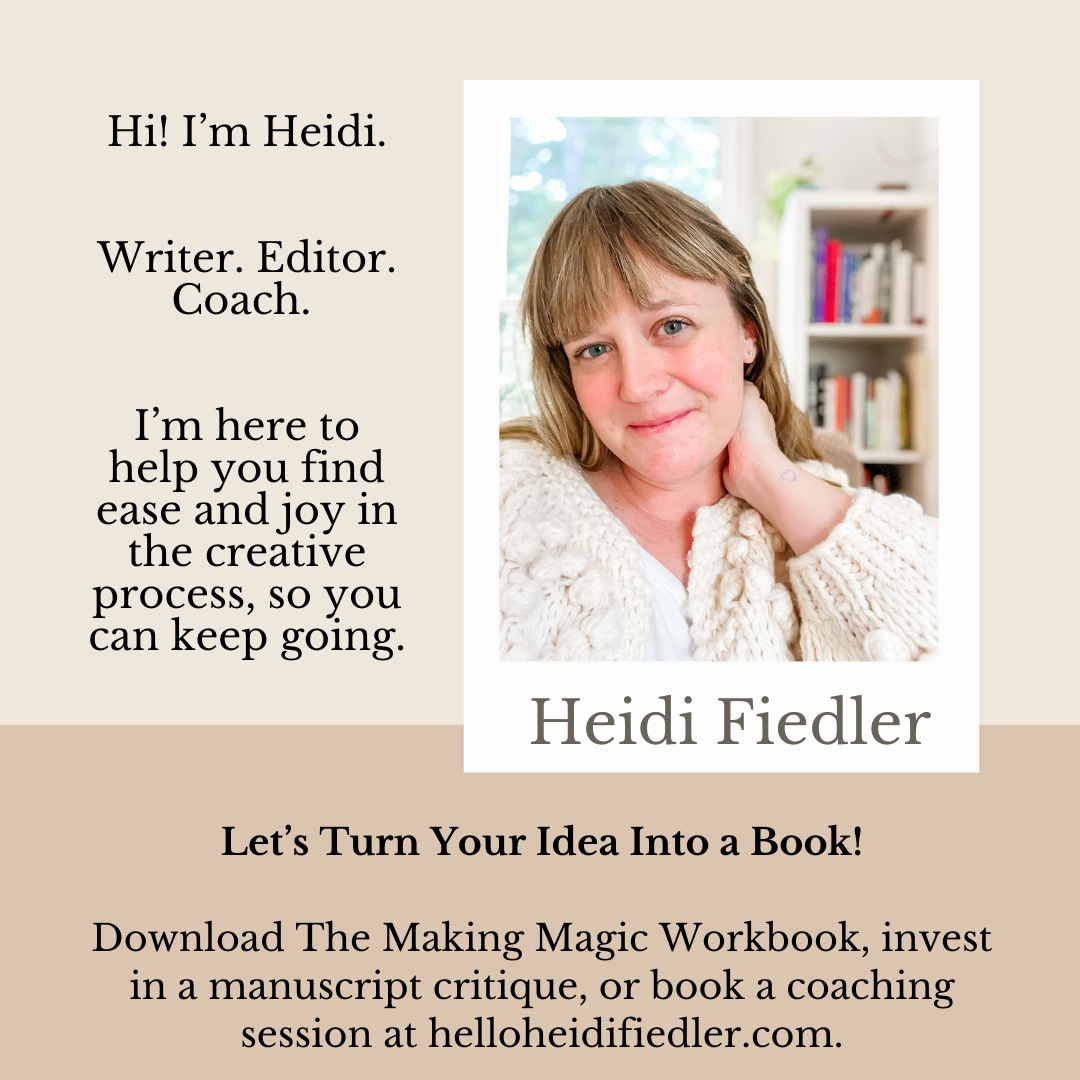How’s everyone doing this week? I’m back at my desk, but I still feel majorly distracted by world events and LIFE STUFF. You too?
Baby steps and deep breaths, friends…
I’m working on a critique for an author who wrote a nonfiction book about art. It’s really inspiring! But she’s not sure if the book she’s written is a picture book, an early reader, a chapter book, or possibly middle grade. It’s easy to get confused. Children’s book genres are in flux. Even SLJ says it’s confusing. 🤯 Several years ago, I made a flow chart that helps writers know if they’re writing a chapter book, but it’s designed for fiction.
So what do you do if you’re writing nonfiction? Here’s my quick and dirty guide to figuring out what genre you’re writing.
Picture Books
Picture books are most often read aloud to kids ages four to eight. More sophisticated books can be used for research and appeal to older kids. These books tend to include diagrams, charts, and informative illustrations or photographs. Most are 32-48 pages long, with some more encyclopedic books coming in at 64 or even 96 pages. (Fiction writers can relax, because word counts are allowed to be much higher with nonfiction.)
Examples Include
Early Readers
Whether they’re fiction or nonfiction, all early readers are designed to help kids learn to read. The topics tend to be traditional and familiar (think animals, bios, and how-to titles), rather than in-depth looks at abstract or cutting-edge concepts. The vocabulary and sentence structure are straight forward. The images reenforce the concepts.
Examples Include
Chapter Books
At this stage, readers are more independent, but they’re still learning how to navigate text, so there might be a table of contents and chapters, but it’s less likely there will be a complex diagram or an unfamiliar text type like a graph to make sense of. One other thing worth noting? Nonfiction chapter books tend to be produced in series like the Who Is…? series or the Little People, Big Dreamers books. One-off NF early readers are less common.
Examples Include
Middle Grade
Nonfiction middle grade includes a wide variety of books. You can play around with tone, voice, text type, topic, and format. The more engaging the better. These books would be satisfying for laypeople of any age to read. These books can address heavier topics that might especially appeal to ages 10-14, so you may see more books on social justice, philosophy, or current events in this category.
Examples Include
Of course there are always some crossovers and books that blur the lines, but I hope this will give you a good place to start. Need more guidance?
This Week I’m…
Watching the latest season of Portrait Artist of the Year (It just landed here in the U.S.) 🎨
Loving this essay about how Gilmore Girls helped one woman reimagine what’s possible from her 20s through her 40s and beyond 📺
Wondering if I should channel my stress into making these moss-inspired coasters 🤩
Trying to think where I can wear this 💕
Digging
’s round up of ADHD resources and Jenna’s reels on managing some of the challenges that come with it 👏Thinking some of what I’ve been reading about the variety of ways we can feel and express those feelings might be helpful to writers too 🤓
Very into this art project that celebrates the ephemeral nature of life (Her Instagram is fun too!) ⏳
Reading Beth Pickens’ (free) guide to making art during fascism 💪
Nebula Notebook is a place to meet kindred spirits, get inspired, and learn how to find ease and joy in the creative process—even when life is bananas. 🍌🍌🍌
✏️ PS—The fastest way to grow as a writer is to book a manuscript critique or a creative coaching session with an expert. My clients get agents, sell books, and win awards. They also learn how to enjoy the creative process, so they can keep going when life gets hard. 👏











Also -- you can wear that skirt anywhere you please! It's awesome. And also -- this is such a good guide to figuring out what kind of book you're writing. I think it's very underdiscussed how hard it is to figure out what you're writing... we have *ideas* in our heads about what the book will be and do, but that doesn't mean we've nailed down all the logistics of that. You have an excellent way of putting it clearly and I'm grateful for that. Muchly.
Thank you for sharing my resource list! I hope it helps folks. Sending lots of love your way.